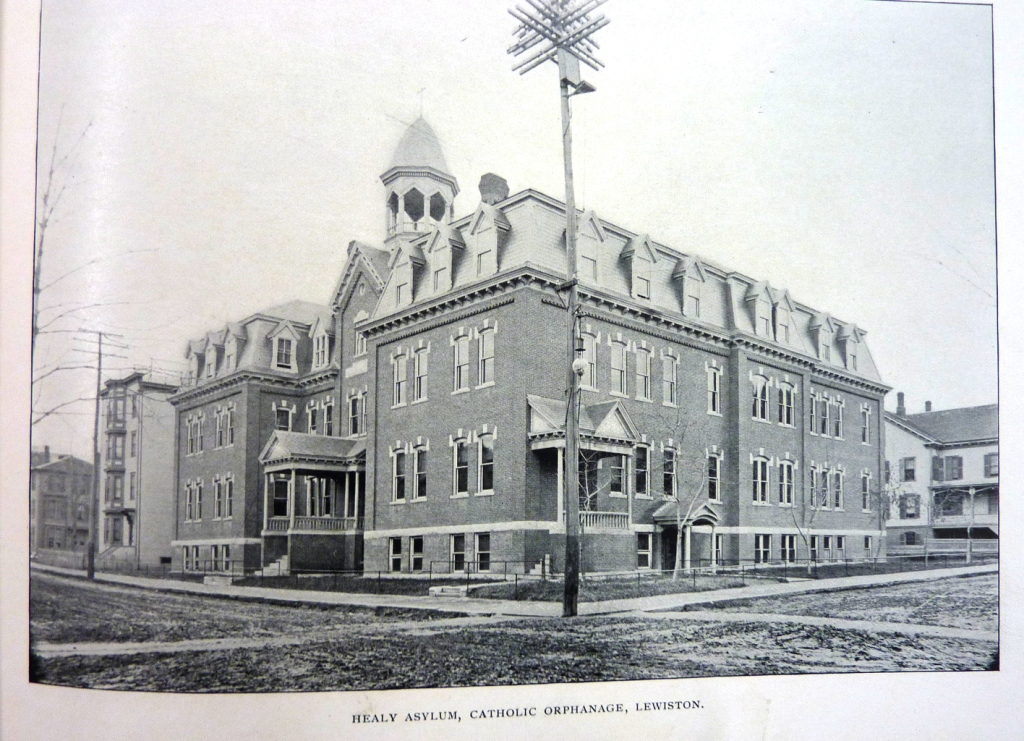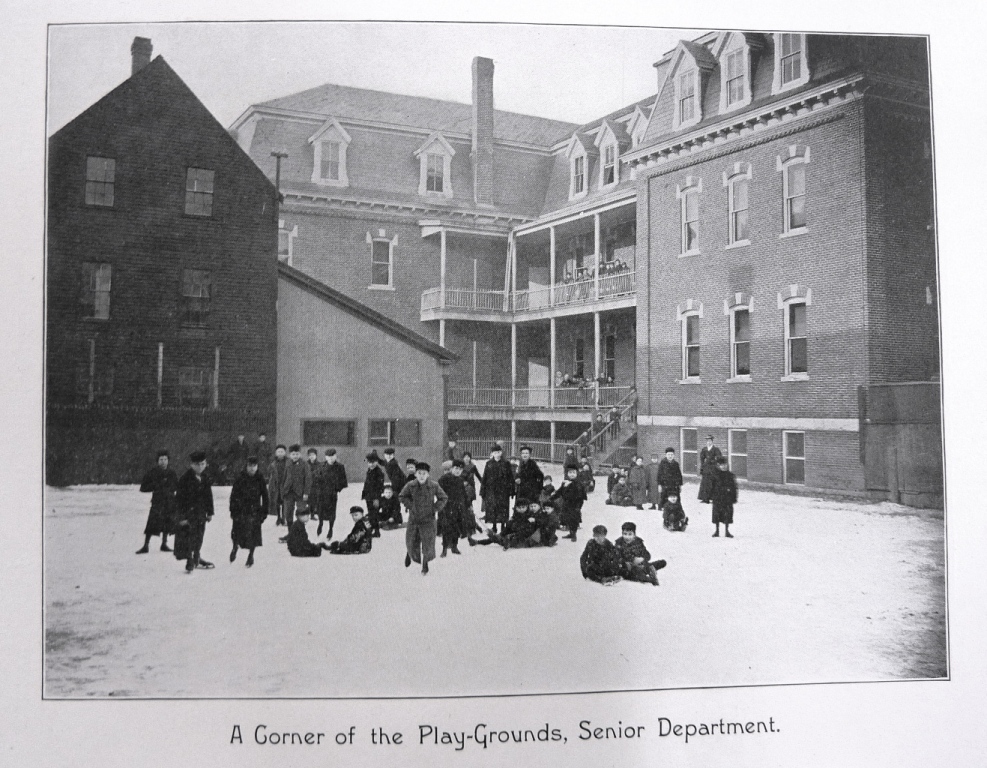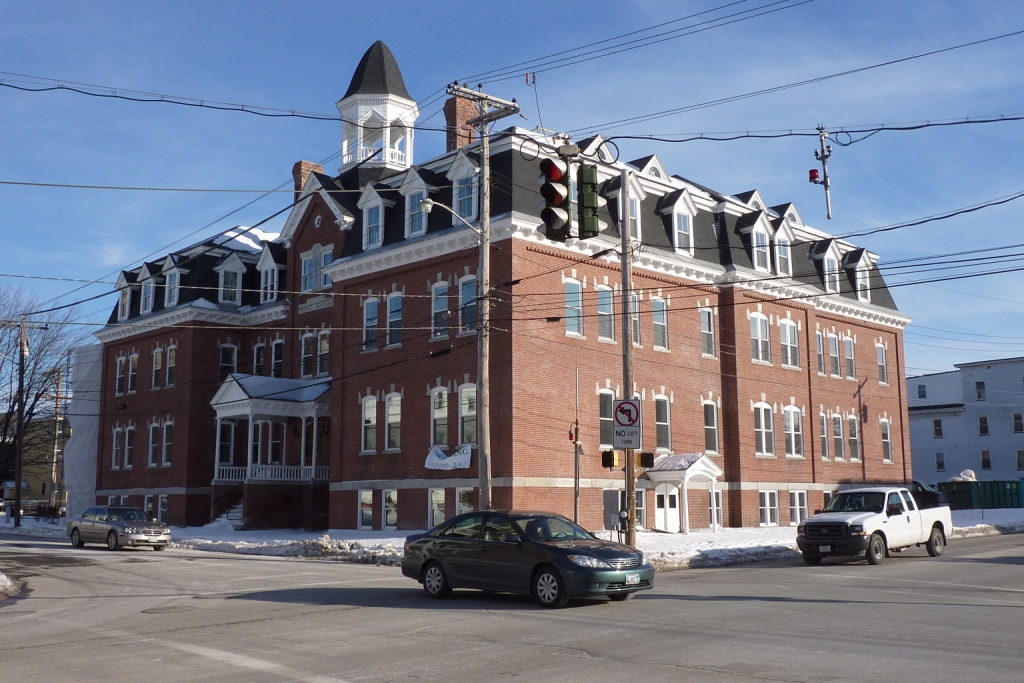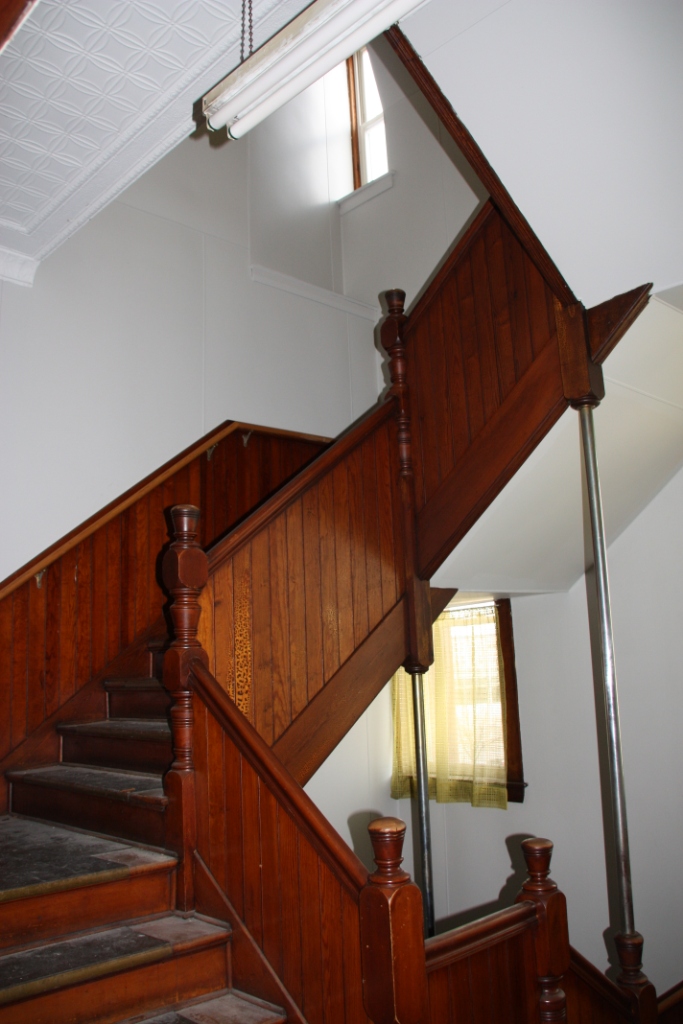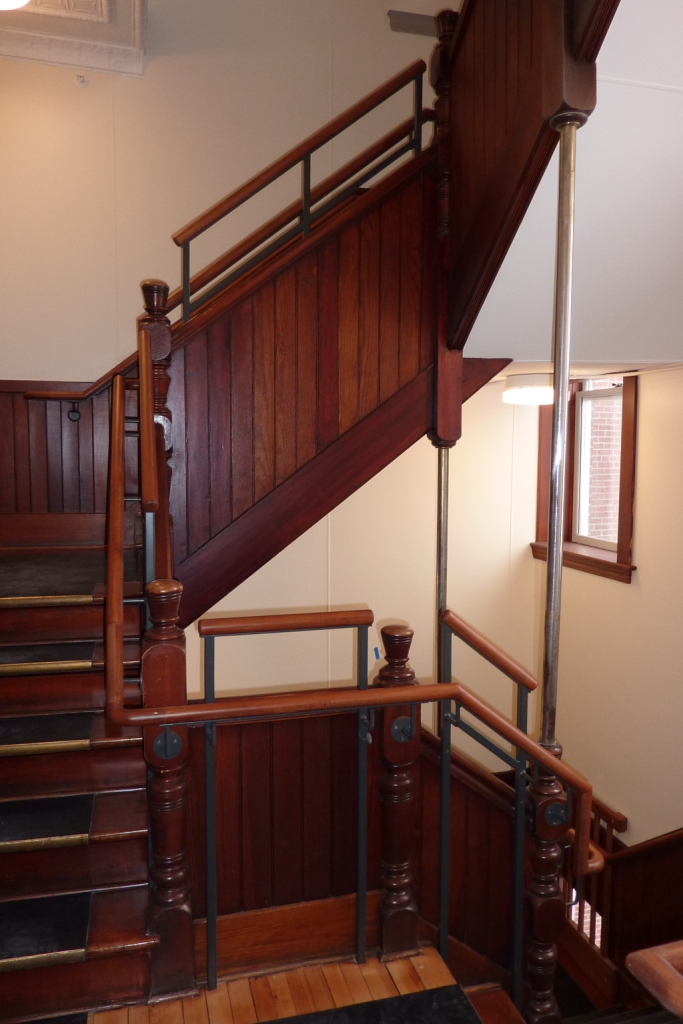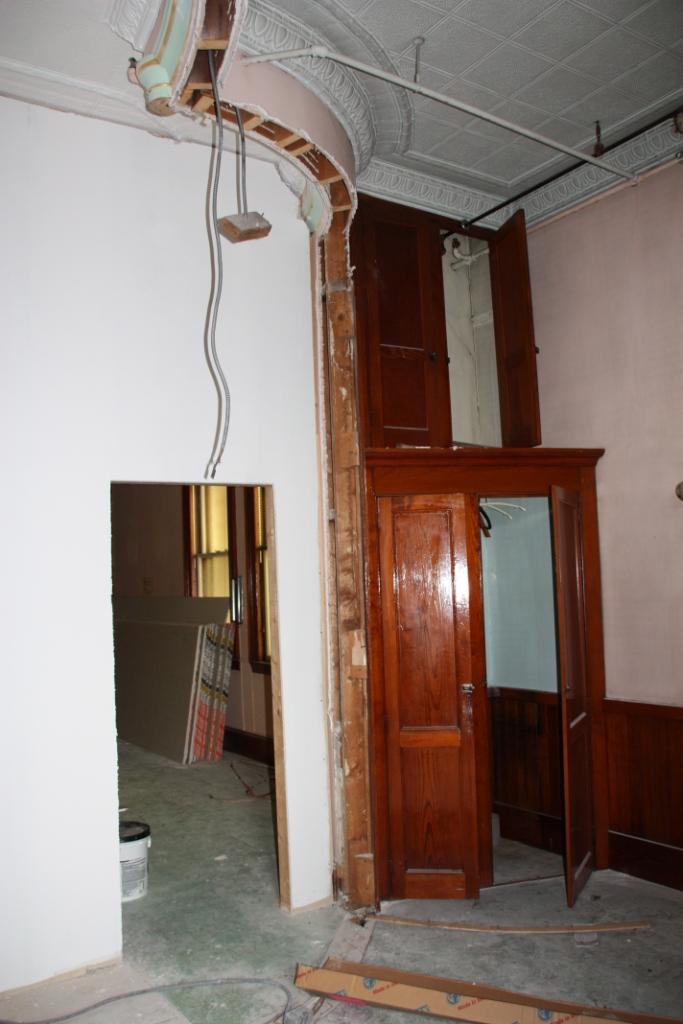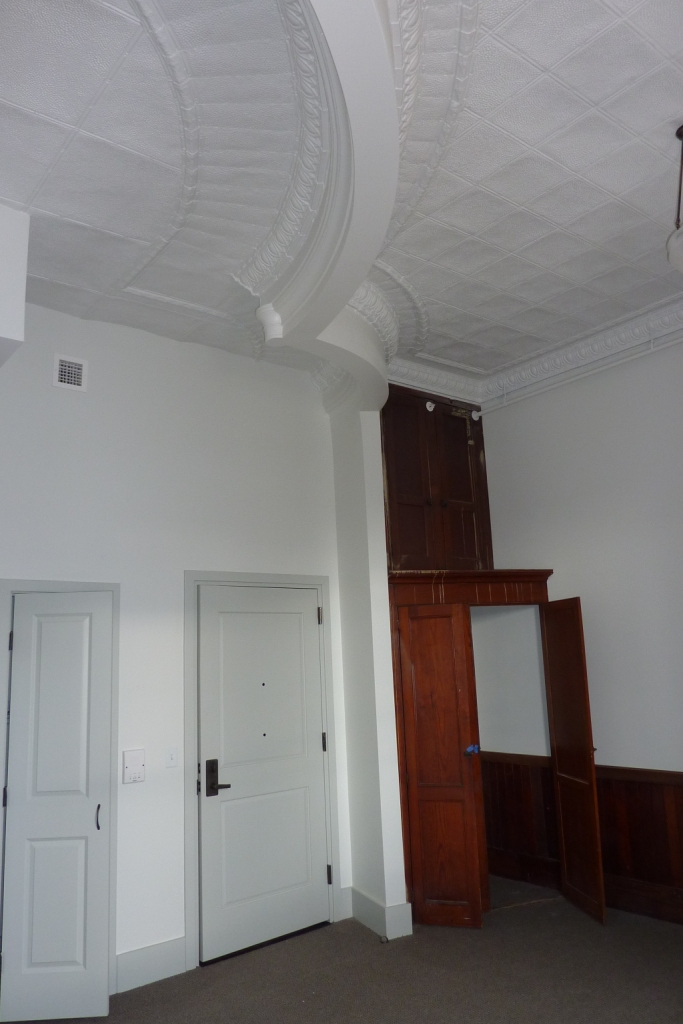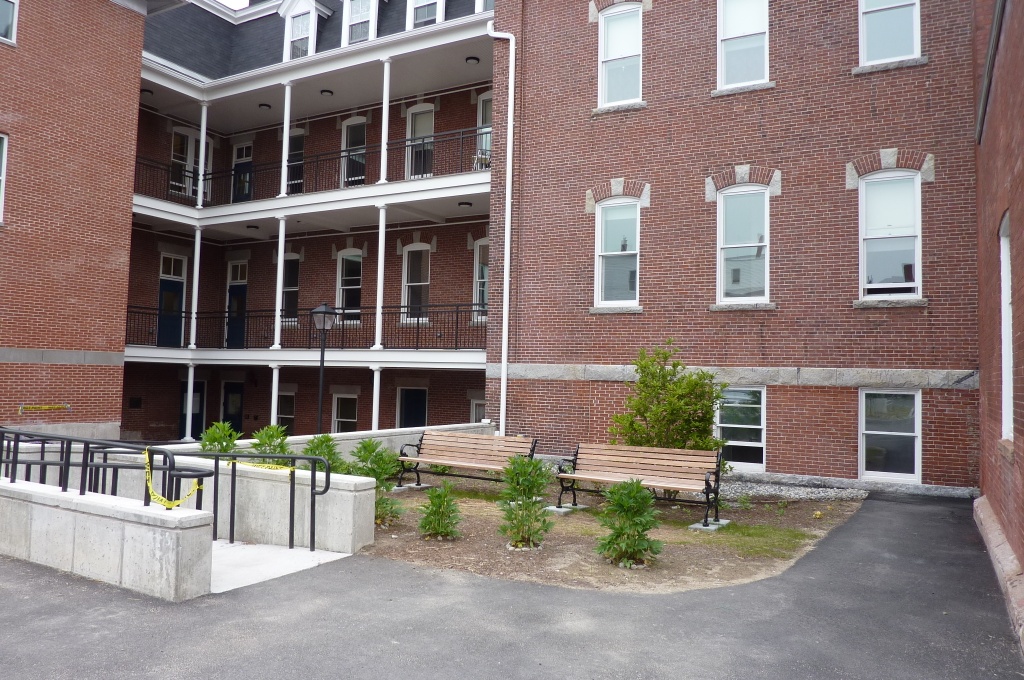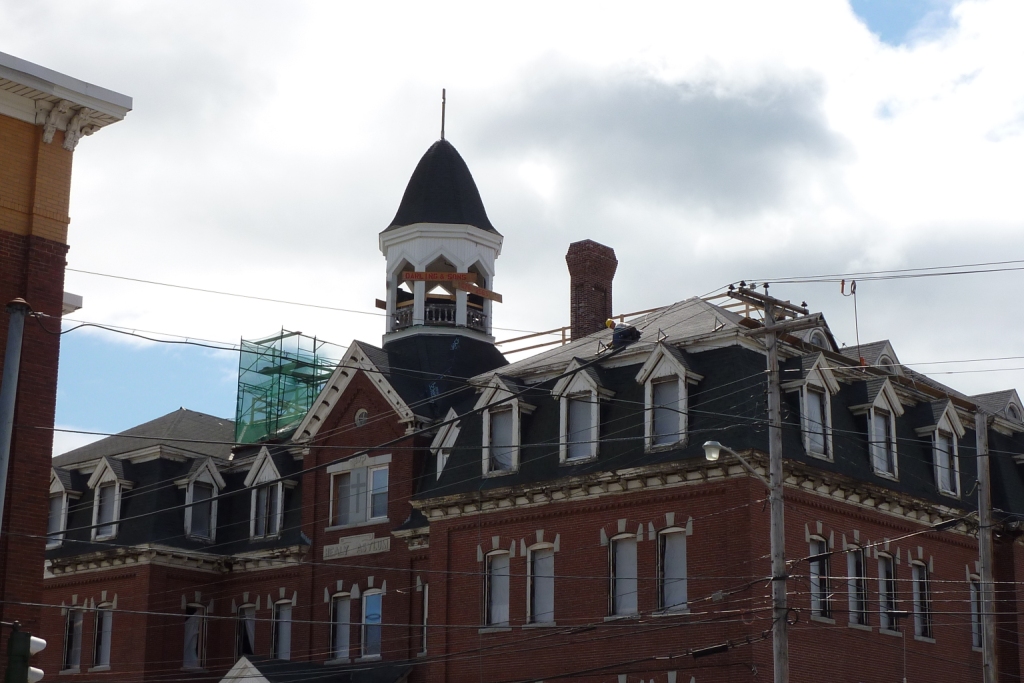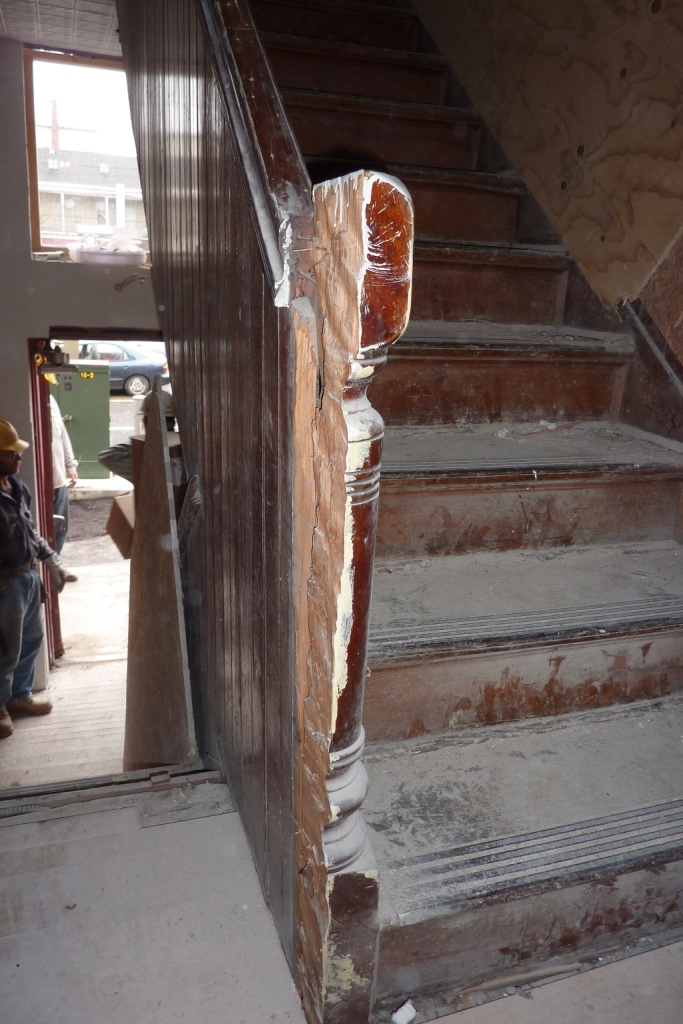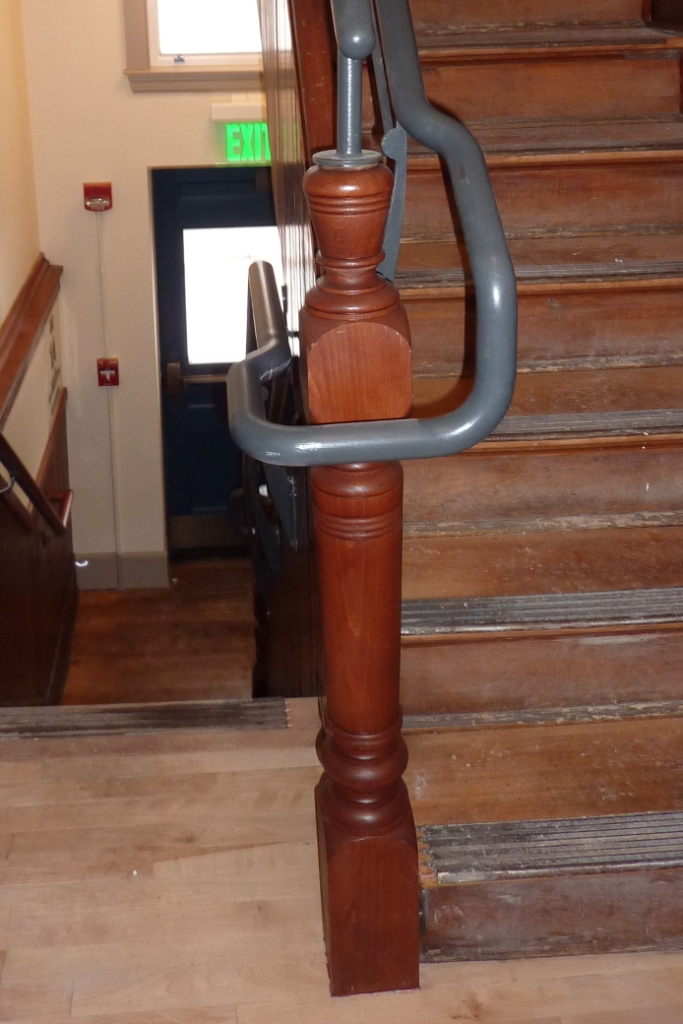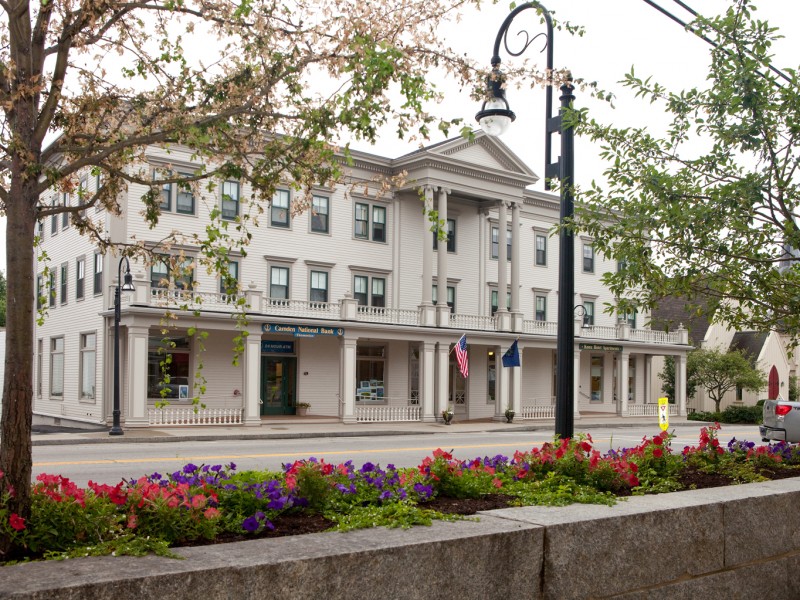

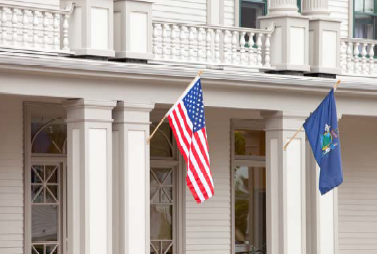

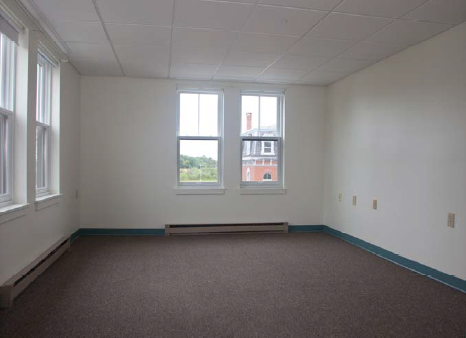


The original Knox Hotel was built in 1828 and named for General Henry Knox, the first United States Secretary of War and resident of Thomaston. This first structure burned in a 1915 fire that consumed many other buildings on Thomaston’s Main Street and it was replaced soon after with the current Knox Hotel. In 1978 the building was renovated to provide affordable housing for senior citizens and was later listed as a contributing resource in the Thomaston National Register Historic District.
In 2009, the owner, Cathedral Development, discovered significant interior and exterior damage to the wood structure due to water infiltration. Recently, these problems were corrected along with interior renovations to ensure the long term preservation of this important Thomaston landmark.
Restoration work included a meticulous conditions assessment of the exterior envelope, extensive repair of the exterior wall cladding, replication of missing and damaged porch features, roof repairs, and replacement of the vinyl windows with historically appropriate replacement windows.
Cathedral Development retained David Twombly of Twombly Consulting, to assemble the project team and identify investors. Twombly in turn hired Portland architect, Dick Reed of Reed Architecture and Wright-Ryan Construction of Portland to prepare and execute the restoration plan. Twombly also worked with Cindy Hamilton of Heritage Consulting Group to obtain the state and federal historic tax credit approvals. The project made use of funding from Federal Historic Tax Credits, the Maine Substantial Rehabilitation Credit as well as Maine State Housing Authority’s Low Income Housing Tax Credit. New England Housing Investment Fund, a private not-for-profit corporation that promotes housing and community development in Maine and New Hampshire, purchased the state historic credits and brought in TD Bank, which purchased the LIHTC and federal historic tax credits and provided construction financing.
Thanks to the collaborative effort of all of these groups, the Knox Hotel is looking as good as it did in 1915 and an important piece of the fabric of Thomaston history has been saved.

